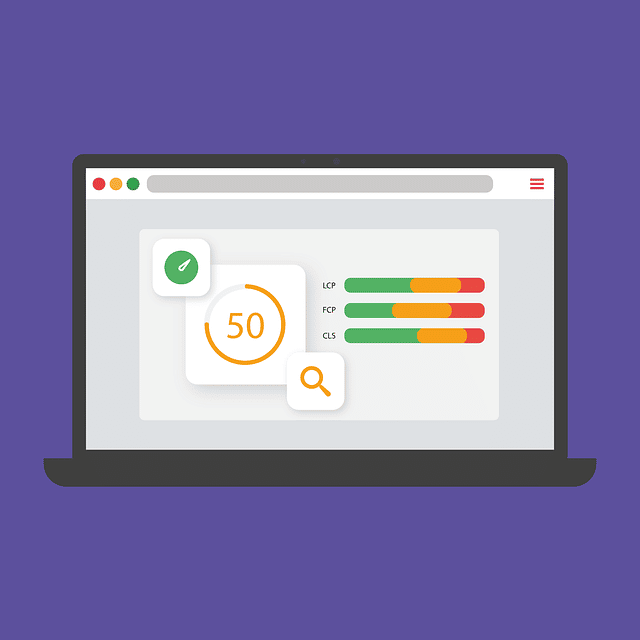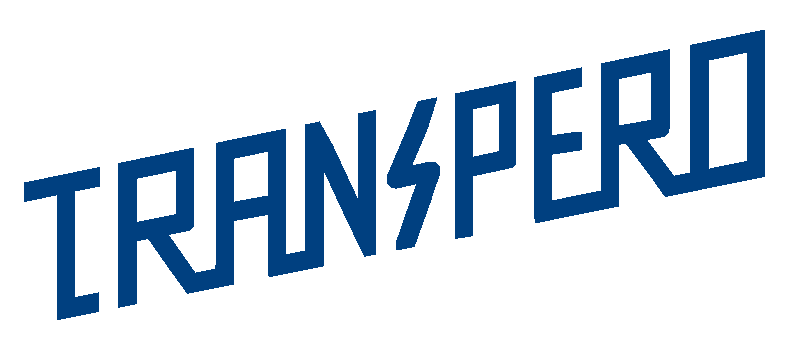
Besides keywords, backlinks, and long-form valuable content, Google also cares about user experience. When deciding who to rank for particular queries, the algorithm also looks at your user’s experience on your page.
But algorithms need a standard to analyze pages.
A set of principles to guide themselves by.
And that’s where core web vitals come into play.
Contents
What Are Core Web Vitals?
The core web vitals are a set of factors about pages that measure how good the user experience is. They’re not attempts by SEO gurus to understand how Google measures UX on a site. They’re an actual set of metrics published by Google.
More specifically, there are three core web vitals:
- Largest Contentful Paint (LCP)
- Cumulative Layout Shift (CLS)
- First Input Delay (FID)
We know these terms may sound complicated – but don’t worry. Once you finish reading this article, you’ll be prepared to understand them, and improve your site’s UX.
Not to mention, these core web vitals cover very intuitive areas: page loading performance, ease of interaction, and visual stability from a user’s perspective. And Google has exhaustive support to help you understand these web vitals, and improve upon them for your site.
Largest Contentful Paint
To understand LCP, try to imagine your page as a set of blocks – all the images, posters, videos, and blocks of texts are elements on your page that need time to load when a user lands on your site.
LCP measures the time it takes for blocks on your page to render on the screen of your visitor. It also prioritizes the largest blocks your audience will come in contact with, in order to mimic the way a human might process information from your page.
Yes, LCP deals with page loading speed, which is important. But you have to differentiate between general loading speed, and LCP. The latter measures specific blocks and how they render on a user’s page. The former is more broad, and may not always reflect exactly how particular users experience your site.
Cumulative Layout Shift
Due to leftover code, plugin overlap, or any other development issue, elements on your page may shift from one frame to the other. Buttons, images, links, or dividers can slightly change position on someone’s screen while the page is still loading.
This is a frustrating experience for the end user, which can easily lead to a lack of trust and less conversions. In turn, Google punishes sites that have this problem. And that’s what the CLS measures – whether or not, and how many, elements on your page shift while loading.
Google’s algorithm has complex ways of measuring this, by looking at layout shift, impact fraction, and distance fraction. But you can simply look at the metric and identify parts of your page that need some work.
First Input Delay
If someone interacts with your site, but your site’s response is laggy, that person can be frustrated. When there’s a delay between a visitor’s input (a click on a button, a link, a hover over menu options) and the response from your site, Google will take note of it.
That’s what FIP is about. It measures how long it takes for your pages to react to user input.
If you just started your site and you don’t have a lot of pages, FID won’t matter that much. It’s really unlikely you’ll have any input delay in your reports, because FID usually appears on login pages, or complex sales pages.
If you just have a bunch of blog posts, there’s not a lot of input, so you won’t have to worry about FID.
How Can You Know Your Site’s Core Web Vitals?
Now that you understand what the Core Web Vitals are, let’s see how you can use that information. Google makes it very easy to analyze your web vitals by having a report for it in the Google Search Console.
This report will show you the three metrics above, and whether or not your site fails to meet Google’s UX requirements.
It’s a simple report, and you’ll be catching the hang of it in no time. If you need extra help deciphering it, Google has a special support article just for that.
Once you understand it, what can you do to improve upon the core web vitals?
Optimizing Your UX
The Core Web Vitals are specific metrics that you can optimize for in particular. However, it’s more important to understand that these just measure your site’s UX. So any general effort to improve your UX, or even creating a better site structure, will automatically have a beneficial impact on the core web vitals. On top, improving your UX can guarantee more sales, and a happier audience, not just being in the good graces of Google.
So here are a few tips to improve your UX, and your core web vitals:
- Optimize your images. Make sure you compress them, so they load as fast as possible, guaranteeing a good LCP score.
- Size multimedia right. Whether we’re talking images, gifs, or embedded videos, make sure you resize content to be uniform across your site. This will improve loading time, and help with LCP. If you’re not a graphic expert, don’t forget to read our article about the best photo editing services.
- Work on server response time. Setting up a CDN for your server might be a good choice, as this will probably help with all metrics, but especially LCP. Additionally, you can go through your plugins and uninstall the ones you don’t use anymore.
- If you have a bad FID score, you might want to consider deferring unused JavaScript. This is a bit of a complicated process, but you can find out more here.
- Improve the backend of your site. For every page and blog post, check the code and remove any unnecessary formatting. This will help your CLS score.
- Work on your loading time in general. A tool like GTMetrix can be extremely helpful here, as it will show you exactly where your site is lagging behind, and give you step by step tutorials on how to improve it.
In Conclusion
The Core Web Vitals are an important aspect to Google’s ranking factors. They’re a reflection of your page’s User Experience, which is an important thing for Google, and an important thing for you if you want to rank and convert more.
While Largest Contentful Paint, Cumulative Layout Shift, and First Input Delay may sound complicated, we hope that our article helped you better understand how to optimize your site, and improve your standing in these metrics.
